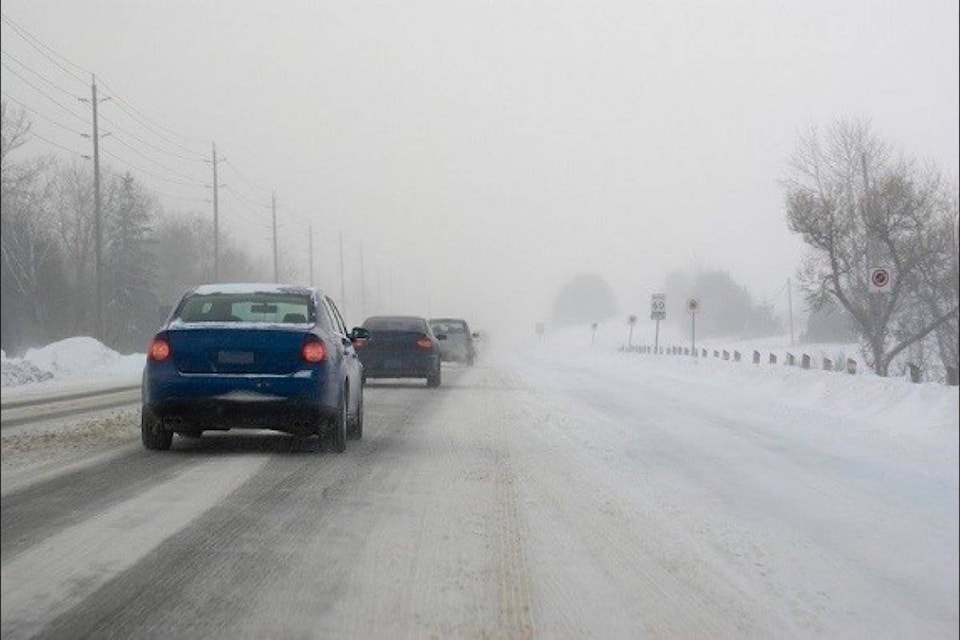Some drivers outside the Lower Mainland and parts of Vancouver Island like to look down their noses at drivers in those areas whenever snow makes the roads treacherous. However, perhaps there’s no reason for more northern drivers to be so cocky. The snowfall that hit the province last week caused a 44 per cent increase in calls from the Southern Interior answered by ICBC’s Dial-a-Claim service on Feb. 12, compared to a week earlier (from 131 calls to 191 calls).
Crashes are at an all-time high in B.C., and during the winter months crashes reach their highest point of the year. In the Southern Interior, 77 casualty crashes occur in February due to driving too fast for the conditions or to poor road/weather conditions.
When challenging road conditions hit, ICBC urges drivers to do their part to prevent crashes by adjusting their driving and properly equipping their vehicle for the road conditions. In bad weather, slow down, increase your following distance, and allow extra travel time.
1. Ice and snow can hit unexpectedly, so make sure your tires are rated for the conditions you’re driving in. Check your tire pressure regularly: pressure drops in cold weather, and overinflated tires can reduce gripping.
2. Clear off any snow that’s built up on your vehicle before driving, including headlights, wheel wells, and external sensors if you have a collision warning system.
3. When severe winter conditions arrive, consider alternatives. Take public transit if possible, carpool with an experienced driver whose vehicle is equipped for the conditions, take a taxi, work from home, or wait until the road crews have cleared major roads. Sometimes the best option is to leave your vehicle at home.
4. Consider using your headlights and taillights whenever weather is poor and visibility is reduced—not only at night—to help you see ahead and be seen by other drivers. Keep in mind that daytime running lights usually don’t activate your taillights.
5. In poor weather, use extreme caution around snow plows. Maintain a safe following distance and don’t pass them; it’s not safe. These vehicles may be equipped with a wing blade on either of its sides, which may not be visible due to the snow it sprays.
For detailed tips on how to drive in winter weather, visit www.icbc.com or www.ShiftIntoWinter.ca.
editorial@accjournal.ca
Like us on Facebook and follow us on Twitter
